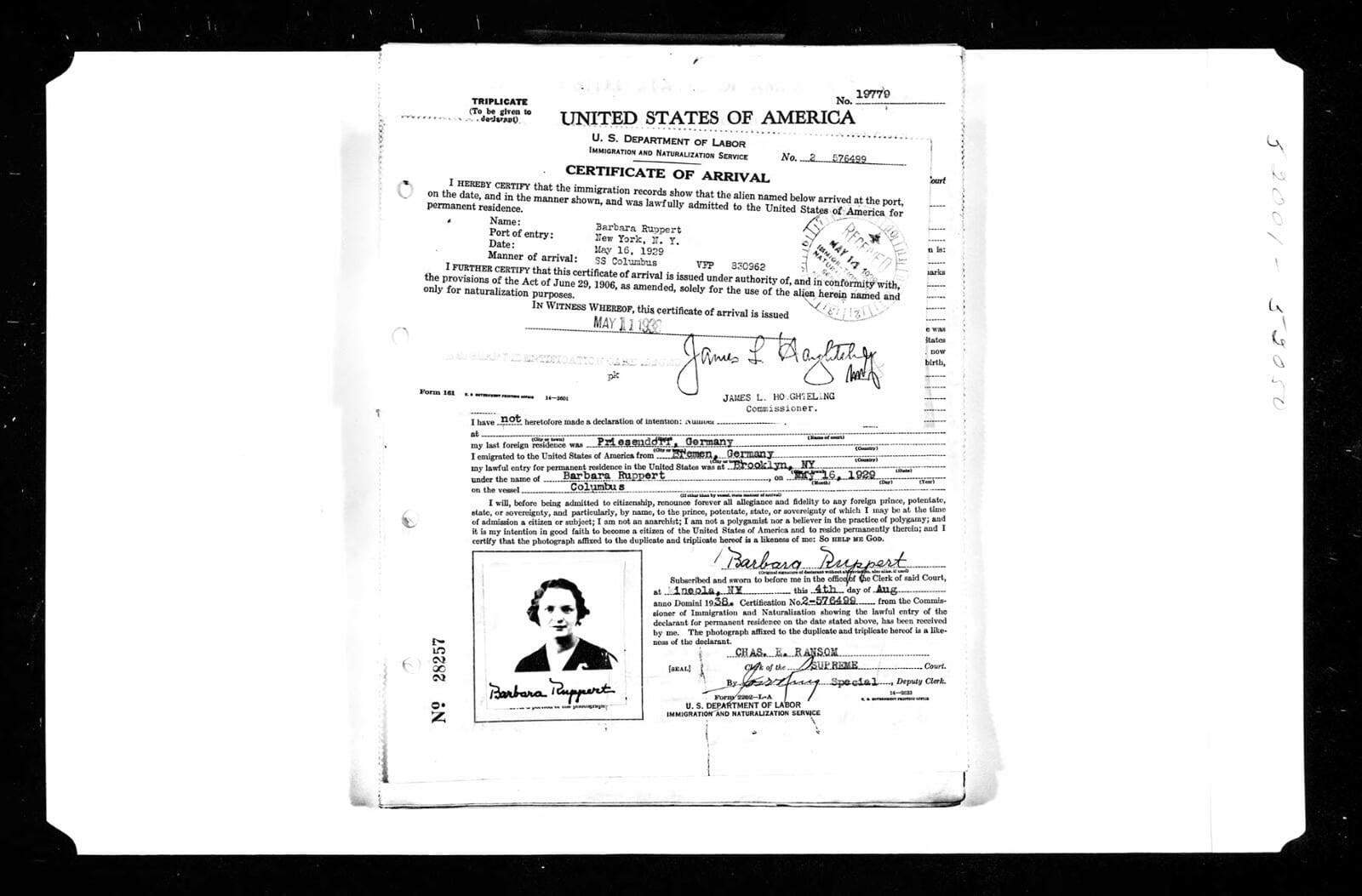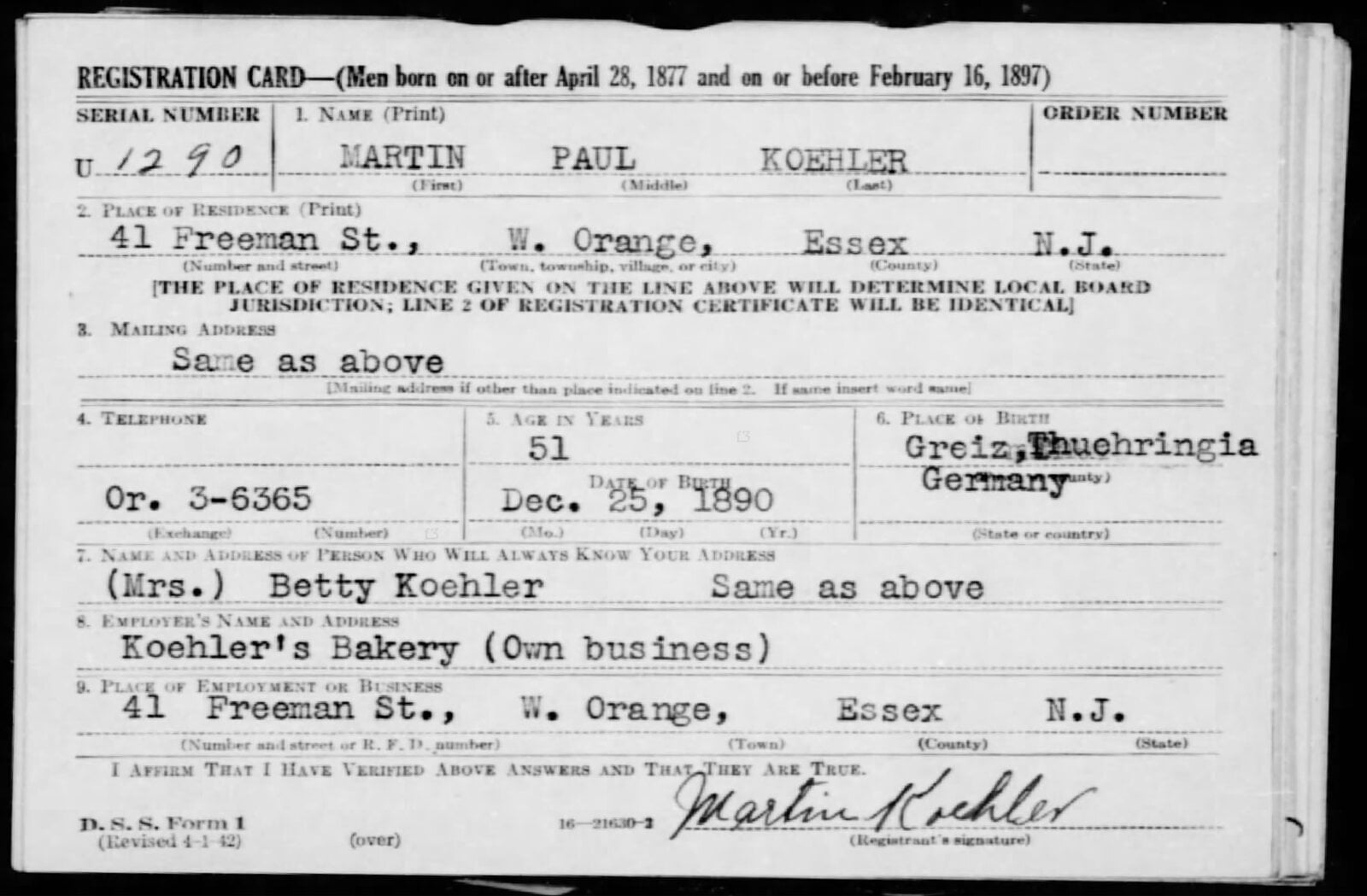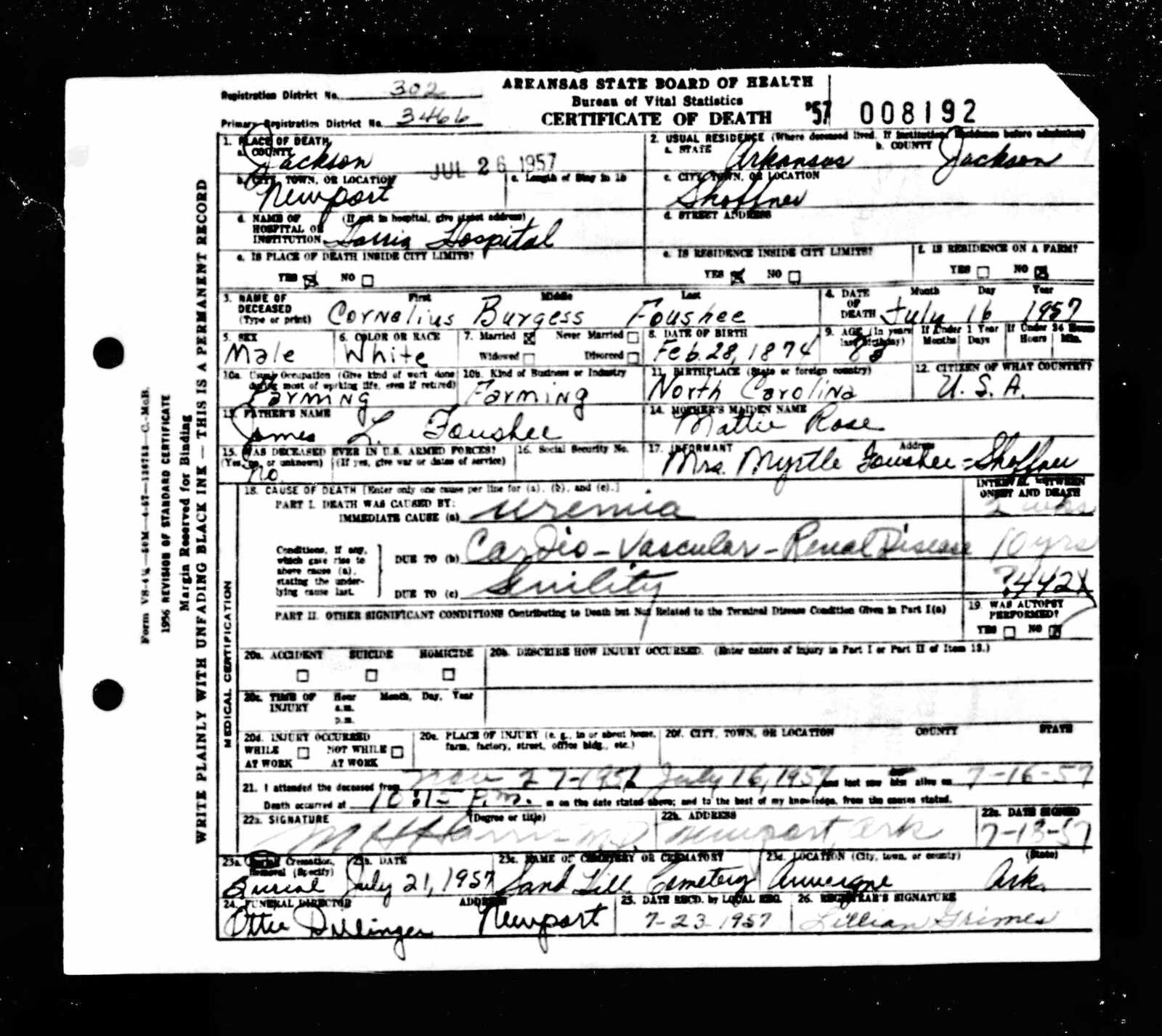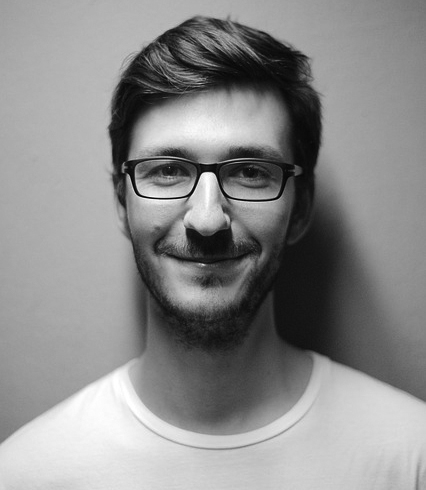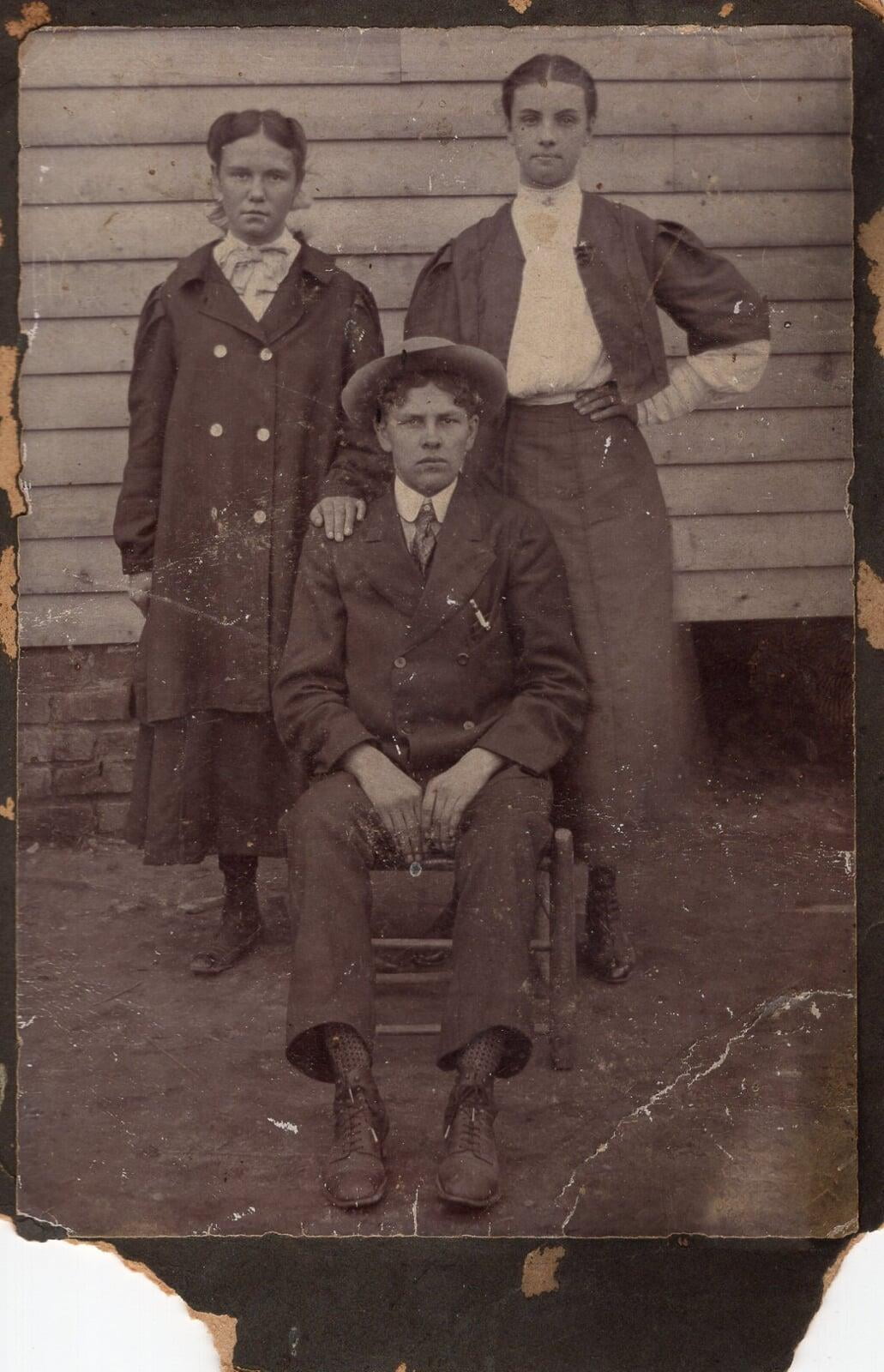Not sure which of these sections/layouts
I would Rather use yet
Apparently we had reached a great height in the atmosphere, for the sky was a dead black, and the stars had ceased to twinkle. By the same illusion which lifts the horizon of the sea to the level of the spectator on a hillside. - will probably delete this text.
- image of finished product here - too much text below - Do I need text with these images?
Apparently we had reached a great height in the atmosphere, for the sky was a dead black, and the stars had ceased to twinkle. By the same illusion which lifts the horizon of the sea to the level of the spectator on a hillside.
Was thinking one of these 2 sections might look good here
I would be adding an image of a bunch of stuff for his story laid out as kind of a finished product.
---------
It seems to me that a view of the heavenly bodies through a fine telescope, as well as a tour round the world, should form a part of a liberal education.
